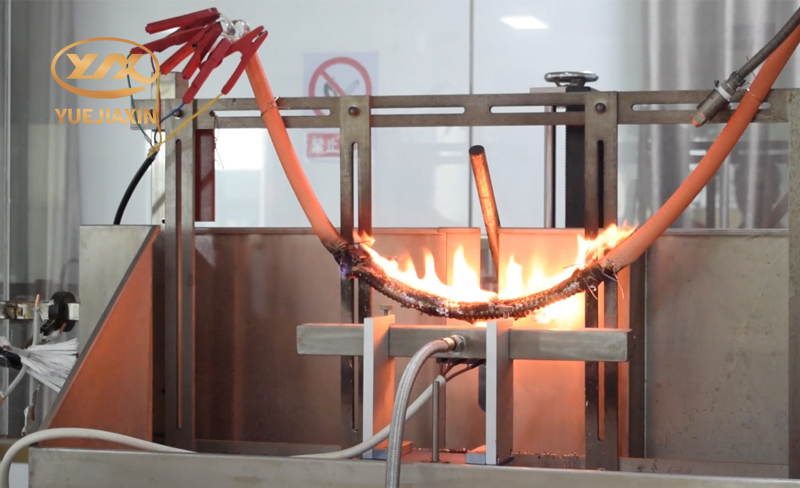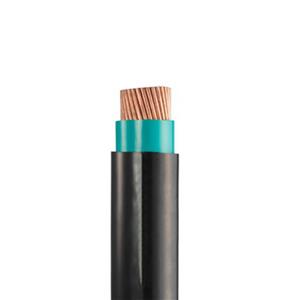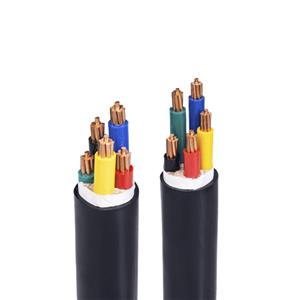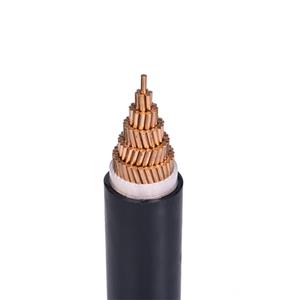Flame retardant principle of low smoke halogen-free cable
Halogen-free flame retardants produce little smoke when burning, and do not produce toxic or corrosive gases. Halogen-free flame retardant additives are mainly phosphorus compounds and metal hydroxides. These two types of compounds do not volatilize and do not produce corrosive gases when burning, and are called pollution-free flame retardants. The following is an introduction to the flame retardant principle of halogen-free flame retardants:
1. Endothermic effect
The heat released by any combustion in a short time is limited. If a part of the heat released by the fire source can be absorbed in a short time, the flame temperature will be reduced, the heat radiated to the combustion surface and the heat acting on the decomposition of the already gasified combustible molecules into free radicals will be reduced, and the combustion reaction will be inhibited to a certain extent. Under high temperature conditions, the flame retardant undergoes a strong endothermic reaction, absorbs part of the heat released by the combustion, reduces the temperature of the combustible surface, effectively inhibits the generation of combustible gases, and prevents the spread of combustion. The flame retardant mechanism of Al(OH)3 flame retardant is to improve its flame retardant properties by increasing the heat capacity of the polymer so that it absorbs more heat before reaching the thermal decomposition temperature. This type of flame retardant gives full play to its characteristic of absorbing a large amount of heat when combined with water vapor to improve its own flame retardant ability.

2. Covering effect
After adding flame retardants to combustible materials, the flame retardants can form a glassy or stable foam covering layer at high temperature, isolating oxygen, and have the effects of heat insulation, oxygen isolation, and preventing the escape of combustible gases, thereby achieving the purpose of flame retardancy. For example, when organic phosphorus flame retardants are heated, they can produce cross-linked solid substances or carbonized layers with more stable structures. The formation of the carbonized layer can prevent the polymer from further pyrolysis on the one hand, and on the other hand, it can prevent the thermal decomposition products inside it from entering the gas phase to participate in the combustion process.
3. Inhibition of chain reaction
According to the chain reaction theory of combustion, free radicals are required to maintain combustion. Flame retardants can act on the gas phase combustion zone, capture free radicals in the combustion reaction, thereby preventing the spread of flames, reducing the flame density in the combustion zone, and ultimately reducing the combustion reaction rate until it stops. For example, halogen-containing flame retardants have an evaporation temperature that is the same or similar to the decomposition temperature of the polymer. When the polymer is decomposed by heat, the flame retardant also evaporates at the same time. At this time, the halogen-containing flame retardant and the thermal decomposition products are in the gas phase combustion zone at the same time. The halogen can capture the free radicals in the combustion reaction, thereby preventing the spread of the flame, reducing the flame density in the combustion zone, and ultimately reducing the combustion reaction rate until it stops.

4. Asphyxiation effect of non-combustible gas
When heated, the flame retardant decomposes into non-combustible gas, which dilutes the concentration of the combustible gas decomposed from the combustible to below the lower limit of combustion. At the same time, it also dilutes the oxygen concentration in the combustion zone, preventing the combustion from continuing, thus achieving the flame retardant effect.




